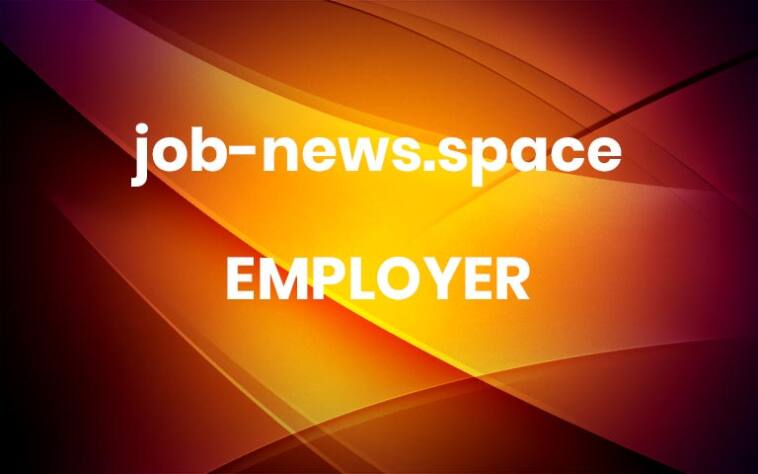2022 UK State of Tech Salaries
New Data on Salary Trends in the UK Following a Season of Hiring Contradictions
While the Great Resignation defined 2021, 2022 is to be determined. Earlier this year we saw aggressive hiring in response to attrition and ambitious goals. More recently, we’ve witnessed uncertainty, volatility, and contradiction. Currently, we face an energy crisis in the UK, a new prime minister’s economic policy, living in a post-Brexit world, along with significant tech hiring freezes and layoffs. Yet despite these events, the hiring market remains cautiously optimistic. So what do we know about the status of 2022 UK tech salaries and the hiring climate?
What the data tells us about 2022 UK tech salaries and employment
In the US, for example, the unemployment rate is at a pre-pandemic low, inflation is cooling, there is a steady stream of job openings, and many companies need help finding top talent. Salaries continue to climb in the UK and Canada post-pandemic as well. In fact, Toronto and London had higher salary increases YoY, respectively, between 2021 and 2022 – than Boston, New York, SF Bay Area, and Seattle.
As of this writing, the most recent release (13 September, 2022), from the Office of National Statistics, reported the total number of workforce jobs in the UK in June rose by 290K, on the quarter to a record 35.8 million. For the first time, this exceeds the preCOVID-19 level of December 2019. The employment rate decreased on the quarter but increased on the year and is still below pre-pandemic rates. So while there’s been some turmoil, there’s reason to be encouraged.
Remote expands pipelines; gives employers an edge
Employers continue to hire remote employees and enter new talent markets, although the UK has generally been more hesitant to do so than Canada and the US. Meanwhile, some high-profile companies in the US and elsewhere have announced return-to office policies, despite resistance from the majority of workers.
Survey data in the 2022 State of UK Tech Salaries
So as the winds shift towards an economic slowdown, will the pendulum swing more in favor of employer demands? Hired’s survey data tells us that while there is some sentiment of a power shift to employers in the next six months, the majority of candidates are considering leaving their current roles. They’re driven by the potential for more lucrative opportunities and an overall better fit.
Expectations on salary, pay raises, and work flexibility remain sky high, placing the onus on employers to execute the right strategies to attract, hire, and retain top talent. In the 2022 State of Tech Salaries report, Hired provides one of the most in-depth analyses of the hiring environment today. Based on extensive proprietary marketplace data and a talent survey, it spans the US, Canada, and the UK. Ideally, these valuable insights will inspire meaningful conversations within organisations on hiring strategies, including the structure of compensation packages, flexible work models, and other talent initiatives.
So what’s next for tech hiring?
If there’s a North star in this tumultuous time, it’s that companies must be nimble when it comes to hiring. Explore new ideas, continue to rethink strategies, and revise hypergrowth models into ones for efficient growth. It’s the best way to cultivate a steady route to recruiting and retaining top employees. We stand by ready to help jobseekers and employers alike.
In the 2022 State of UK Tech Salaries, we dive into Hired’s marketplace data to uncover insights specific to UK-based companies.
With data and insights from more than 907,000 interview requests and survey responses from more than 2,000 technologists, we offer guidance to recruiters and talent acquisition leaders eager to stay competitive. With this eBook, companies can adapt hiring strategies and retain top talent, thriving despite an uncertain market.
Key takeaways from the 2022 State of UK Tech Salaries eBook
UK compensation trends based on role, industry, company size, and years of experienceThe impact of remote or work-from-home trends on tech salaries4 steps to increase hiring efficiencies and strengthen your employer brand, and more! More




